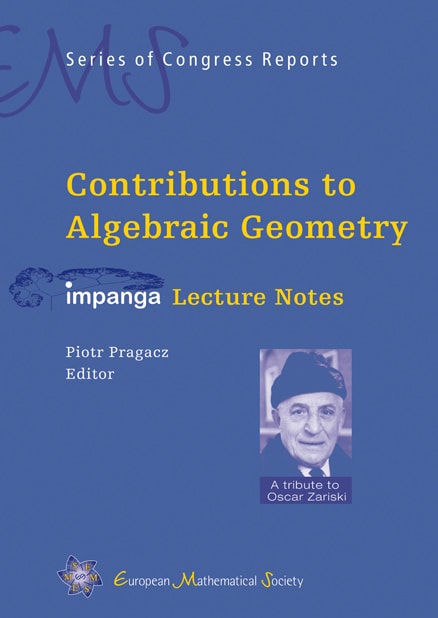Introduction to equivariant cohomology in algebraic geometry
Dave Anderson
University of Washington, Seattle, USA

A subscription is required to access this book chapter.
Abstract
Introduced by Borel in the late 1950s, equivariant cohomology encodes information about how the topology of a space interacts with a group action. Quite some time passed before algebraic geometers picked up on these ideas, but in the last twenty years, equivariant techniques have found many applications in enumerative geometry, Gromov–Witten theory, and the study of toric varieties and homogeneous spaces. In fact, many classical algebro-geometric notions, going back to the degeneracy locus formulas of Giambelli, are naturally statements about certain equivariant cohomology classes.
These lectures survey some of the main features of equivariant cohomology at an introductory level. The first part is an overview, including basic definitions and examples. In the second lecture, I discuss one of the most useful aspects of the theory: the possibility of localizing at fixed points without losing information. The third lecture focuses on Grassmannians, and describes some recent positivity results about their equivariant cohomology rings.